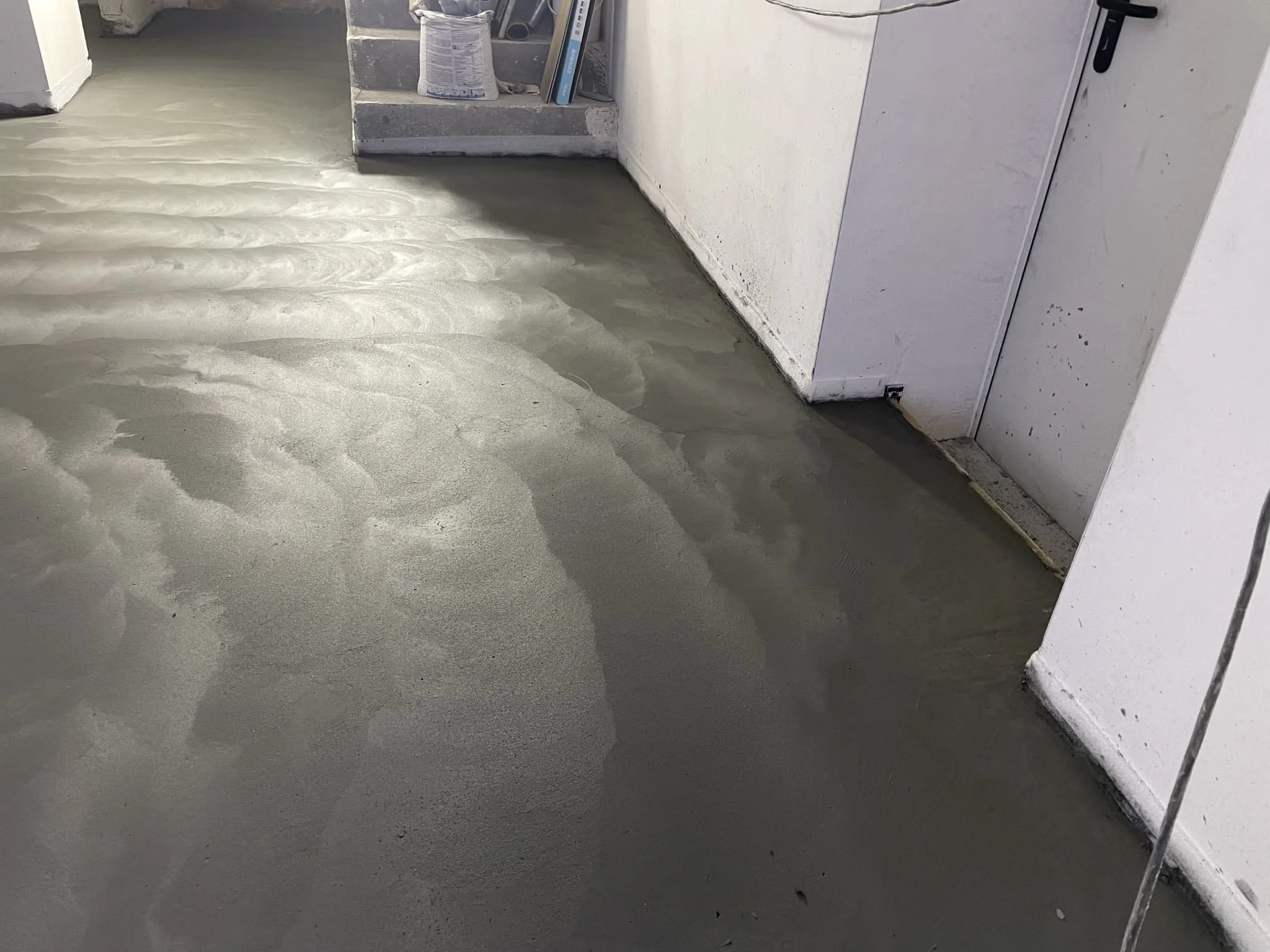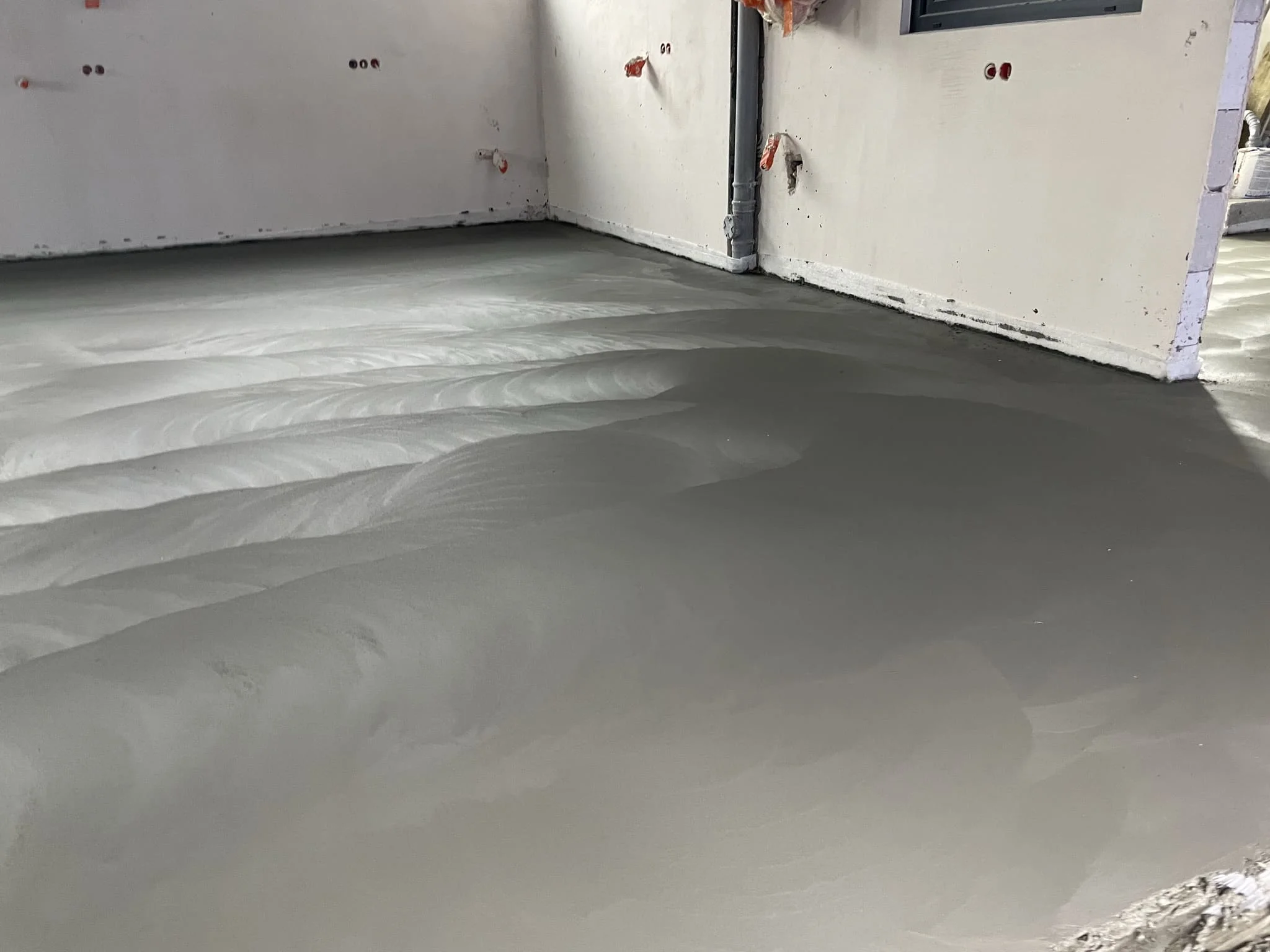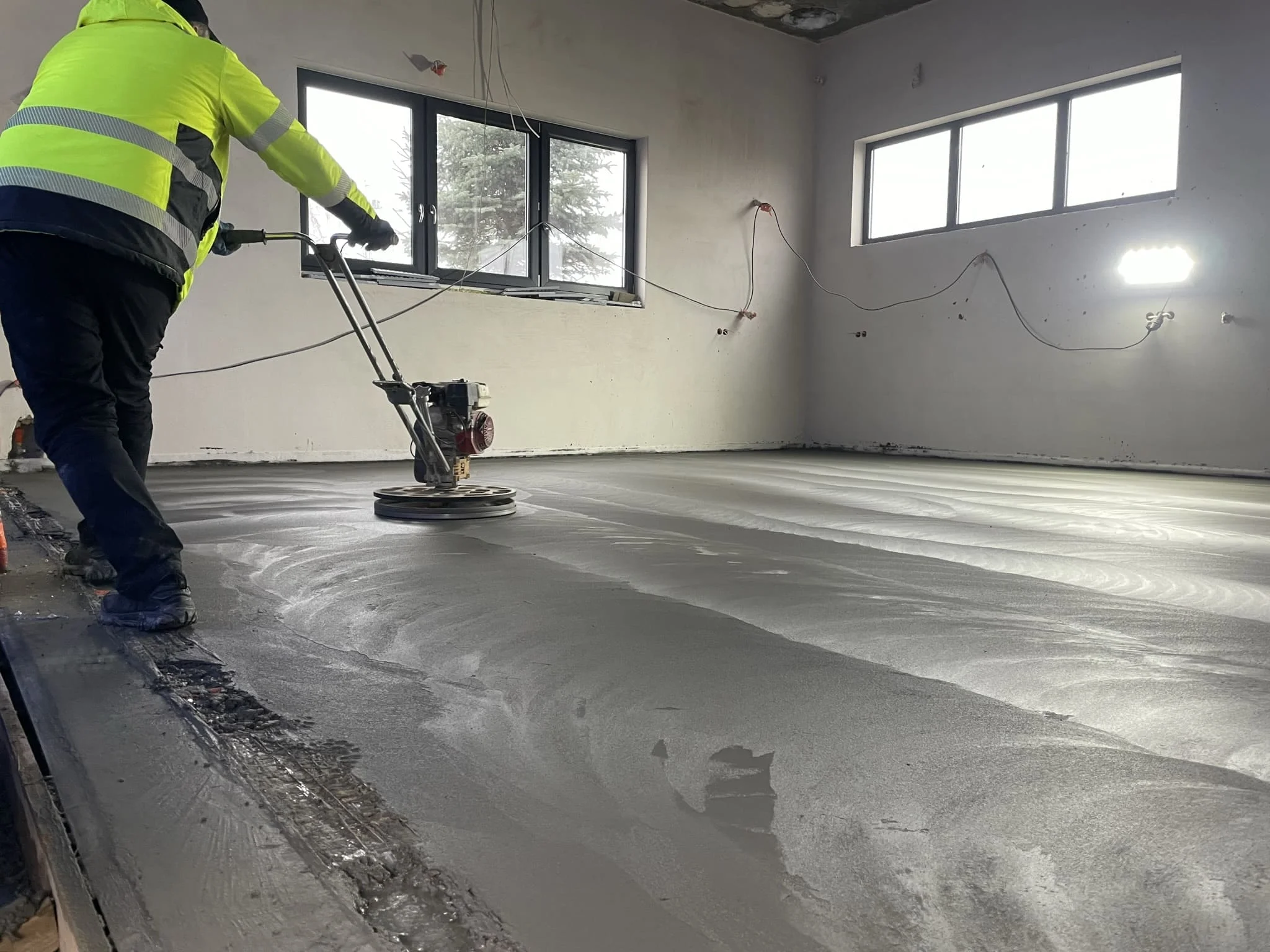How to achieve maximum evenness of the concrete floor in your home without using concrete harvesters?
Undoubtedly, concrete floors in the house are extremely important for the structure and stability of any building. However, obtaining perfectly uneven concrete is quite a challenge.
Although technologically evolving concrete shearers are becoming more and more popular, not everyone can afford them. The good news is that there are methods to achieve maximum smoothness of a concrete floor without the use of concrete combines.
The surface on which concrete should be poured must be properly prepared. It should be even, clean and free from any contamination. To achieve this, the surface must be cleaned of debris and other contaminants and then leveled using a shovel and rake. You can also use a laser level for maximum precision.
The right proportions of cement, water, sand and aggregate are crucial to obtain a high-quality concrete floor. Too much water can cause voids and cracks, while too little can result in too thick concrete that is difficult to spread.
The rectangular concrete leveler is a simple tool that is ideal for leveling freshly poured concrete. Simply drag them along the concrete surface to remove excess concrete and create a smooth and even floor, such as polished concrete.

A vibrating plate is an electric tool used to compact and level concrete. It works by applying vibrations to the concrete surface, which helps eliminate air bubbles and ensures an even and smooth surface.
After using the vibrating plate and rectangular concrete leveler, you may decide to continue smoothing the surface of the concrete floor by hand. You can use polymer concrete to gently smooth the surface, removing any minor irregularities.
Concrete hardening too quickly may lead to cracks, and then it will be necessary to repair the floor, so it is important to control this process. This includes keeping the floor moist by regularly spraying it with water and protecting it from extreme weather conditions.
In summary, although concrete shearers are very effective, it is possible to achieve maximum smoothness of a concrete floor without using them. However, a meticulous and thorough approach to the process is necessary. Correct preparation of the surface, use of tools for leveling and compacting concrete, as well as proper control of the hardening process can help achieve the desired result.

What type of concrete is best to use at home? Choosing the brand and purpose of concrete.
Concrete is one of the most popular and versatile building materials - it is characterized by high strength, durability and resistance to the destructive effects of time.
Its versatility is widely known, especially in the field of concrete floors. When choosing, the question arises: What concrete is best to use for concrete floors at home?
The choice of concrete depends largely on the place where it is to be used. Different types of concrete are designed for different uses, and choosing the wrong type can lead to problems down the road.
For rooms with high loads, such as garages or basements, it is best to choose C30/37 class concrete. This type of concrete can withstand heavy loads and is therefore ideal for applications where the concrete floor will be exposed to a lot of weight.
In rooms with low loads, such as living rooms or bedrooms, concrete class C16/20 or C20/25 can be used. They are less resistant to loads, but are still durable enough for everyday use and pumping concrete.

If we plan to use underfloor heating, it is recommended to use concrete class C20/25 to C25/30, which are resistant to high temperatures and do not crack under the influence of heat.
Choosing the right brand of concrete is another important issue. Regardless of whether we plan to use ready-made concrete or prepare the mixture ourselves, it is important to pay attention to the manufacturer's reputation. Using concrete from a reputable company with a quality guarantee can eliminate many potential problems with industrial flooring.
Sometimes consulting a professional also helps in the decision-making process. A builder or architect can advise you on the selection of both the type and brand of concrete for concrete floors.
In summary, choosing concrete for flooring in your home depends on many different factors that you can consider. What is definitely important are: the place of use of the concrete floor, the loads it will be subject to, as well as the types and brands of concrete available on the market. With the right choice, the floor can serve us for many years, ensuring the aesthetics and functionality of the room.





